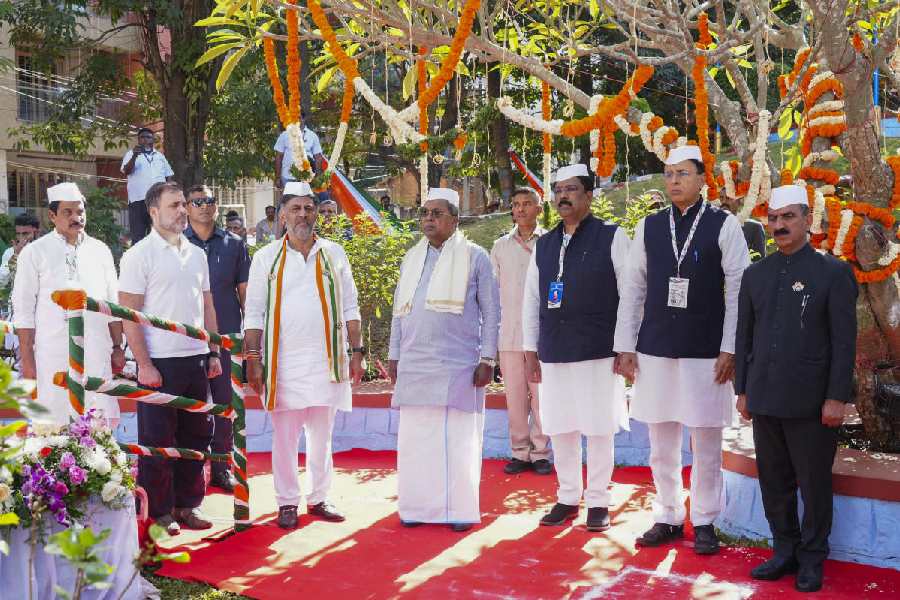The prologue of Manoj Rupda’s deeply-moving novel Kaale Adhyaay, translated to English as I Named My Sister Silence by author Hansda Sowvendra Shekhar, captures the main theme of the novel. In an arresting format, it captures the pain and helplessness of the displaced tribal community in Bastar. The author tries to build the premise with two symbolic visions — a ship being dismantled by cutting machines and cranes, and an elephant being eaten alive by wild dogs. The book chronicles a boy and his sister Madavi Irma, the silent girl who leaves home to join the Maoist and how the Adivasis organise an armed rebellion to protect their land and lives and how the whole village is razed to the ground and their inhabitants stuffed into dingy camps to suffer further. An excerpt from the interview with the Hindi novelist.
The original title of the book is Kaale Adhyaay while its English title, I Named My Sister Silence, is very different. Can you explain the disparity between the titles?
Yes, the Hindi title is Kaale Adhyaay. When the translation happened, the title got inspired by the main character’s sister who had a fire in her but she would not showcase that emotion or energy in the form of any reaction. I believe this aspect attracted the editor and the translator; the aspect of the relationship between a brother and sister and how they would understand each other without uttering a word. I don’t have any problem with the titles. The reader will get the same story even though the titles are different.
What was it that led to the book?
There were a few visions in my mind. One was the vision of the elephant and another of the ship in a yard. I related these two things and the story about the jungle and the incidents with the Adivasis developed organically. If I hadn’t stayed in Bastar for seven days or if I hadn’t spoken to the displaced tribals personally, the book would have never become a reality. The stories that I heard in the camp moved me and egged me to tell their story. The ship’s and the elephant’s vision are just symbolic, the main story is about the tribal population; they are the nucleus of the novel.
Was there any motive to write this novel?
I don’t let my ideologies, political or non-political, influence my writing. When I am writing a story or a novel, then the characters speak for themselves. If I start telling my own opinion then that will not be a novel, it will be an opinion piece.
The translation has been done by Hansda Sowvendra Shekhar, who has authored a collection of short stories called The Adivasi Will Not Dance. What do you think convinced him to translate your story?
I wrote this story seven to eight years ago and a novel remains topical for some time, and then it goes into cold storage. The same thing happened to Kaale Adhyaay. I think when Hansdaji read it he must have found something very convincing to translate it. Having written on the subject, I think he was aware of the stories of tribals in Jharkhand and the story of Adivasis in Chattisgarh or Jharkhand or any other place is not very different. English is a major mediatory language in the world and with this translation, the story will definitely reach a bigger readership. However, if a book has merit then it will reach its audience no matter what the language is. Otherwise, no matter how much marketing you do it will not go anywhere if the content and form are not good.
Post Kaale Adhyaay what other stories have you written?
I have written a collection of short stories.
What kind of stories do you like writing?
When I am writing I have only one thing in mind and that is the characters and their life story should come out as it is. His/her reality should come out in the form of a story and not acquire any other form. A novel has its own rules and as a writer, I try to adhere to it. We can be creative but not go out of the sphere of a novel.
What are you working on now?
At the moment I have a short story which could be eight-nine pages. It might also develop into a novel, but again I am not sure at the moment.











